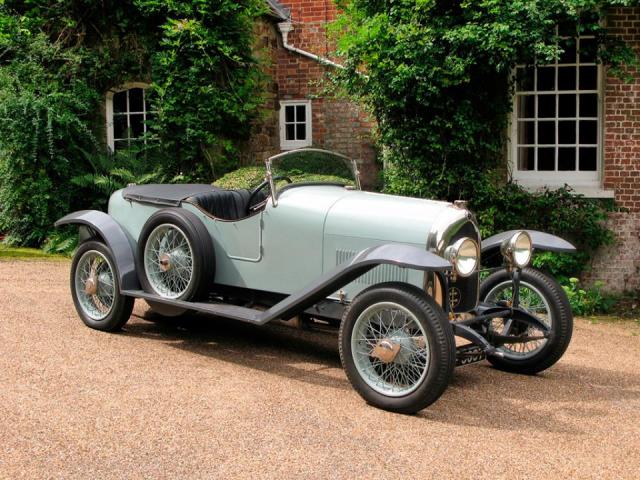1922 Lorraine-Dietrich Model B3-6 Tourer
- Brand: Lorraine-Dietrich
1922 Lorraine-Dietrich Model B3-6 Tourer
Based at Luneville in Lorraine, France, De Dietrich et Cie started out as makers of railway locomotives before branching out into automobile manufacture in 1896, by which time the oft-disputed province had been annexed by Germany. Designs by Amédée Bollée, Vivinus and Turcat-Méry were licensed at first before the firm commissioned Ettore Bugatti to come up with some of its own. In 1905, the car/aero engine division’s name was changed to ‘Lorraine-Dietrich’ and the Cross of Lorraine adopted as an emblem, emphasising the company’s French origins. Considerable effort was put into racing at this time, using purpose-built cars fitted with enormous engines. After WWI, with Lorraine restored to France, manufacture of cars (and aero engines) recommenced, the principal models of the 1920s being a 12CV (2.3-litre) four and a brace of sixes: 15CV (3.4-litre) and 30CV (6.1-litre). Of these, the 15CV B3-6 was the most successful, entering the history books by winning the 3rd and 4th Le Mans 24-Hour races in 1925 and 1926, interrupting Bentley’s run of successes. Lorraine thus became the first marque to win the famous endurance classic twice and the first to win in consecutive years. The 15CV was manufactured until 1932 (by which time the firm was known simply as ‘Lorraine’) when the successor 20CV model was introduced. An expensive failure, the latter led to Lorraine quitting the automobile market in 1935 to concentrate on military projects.
Descriptions and pictures by bonhams
| Specification | |
| Production Start | 1922 |
| Country of origin | France |

















